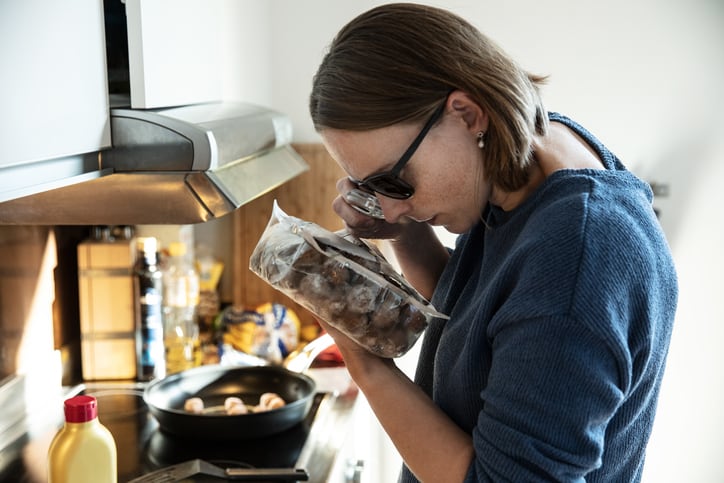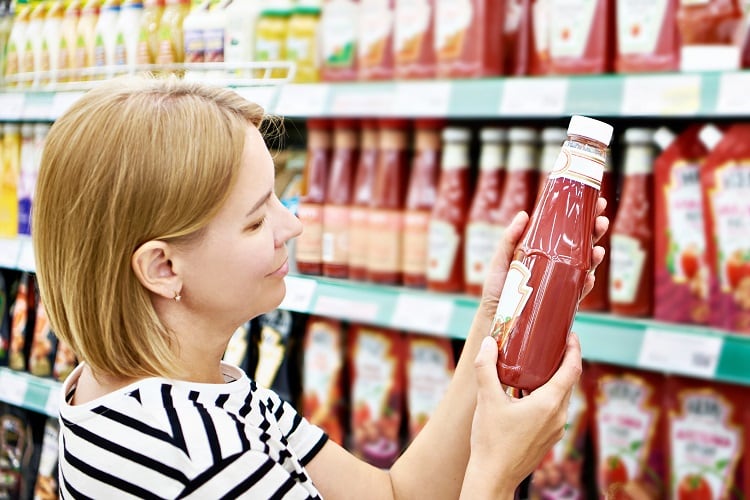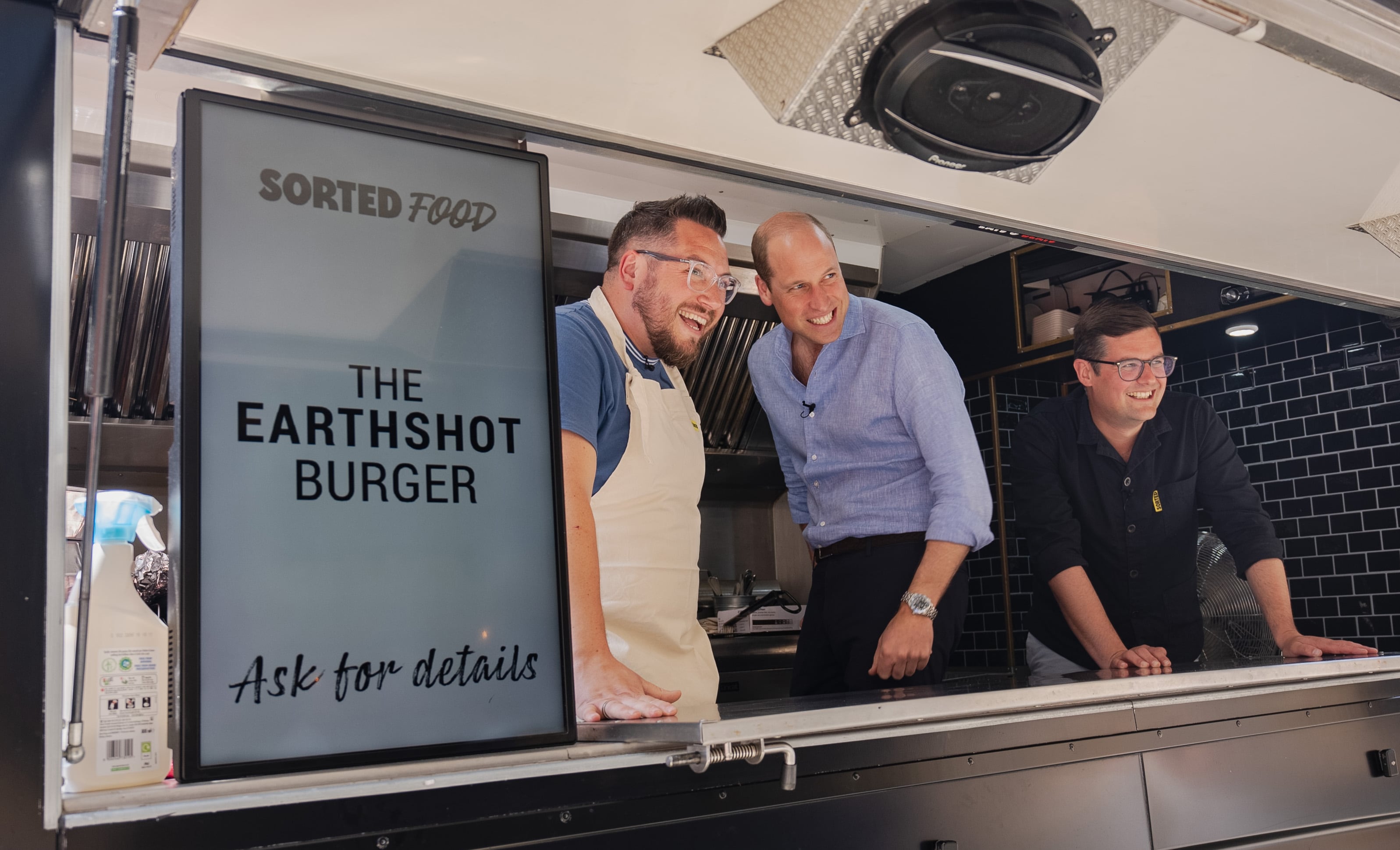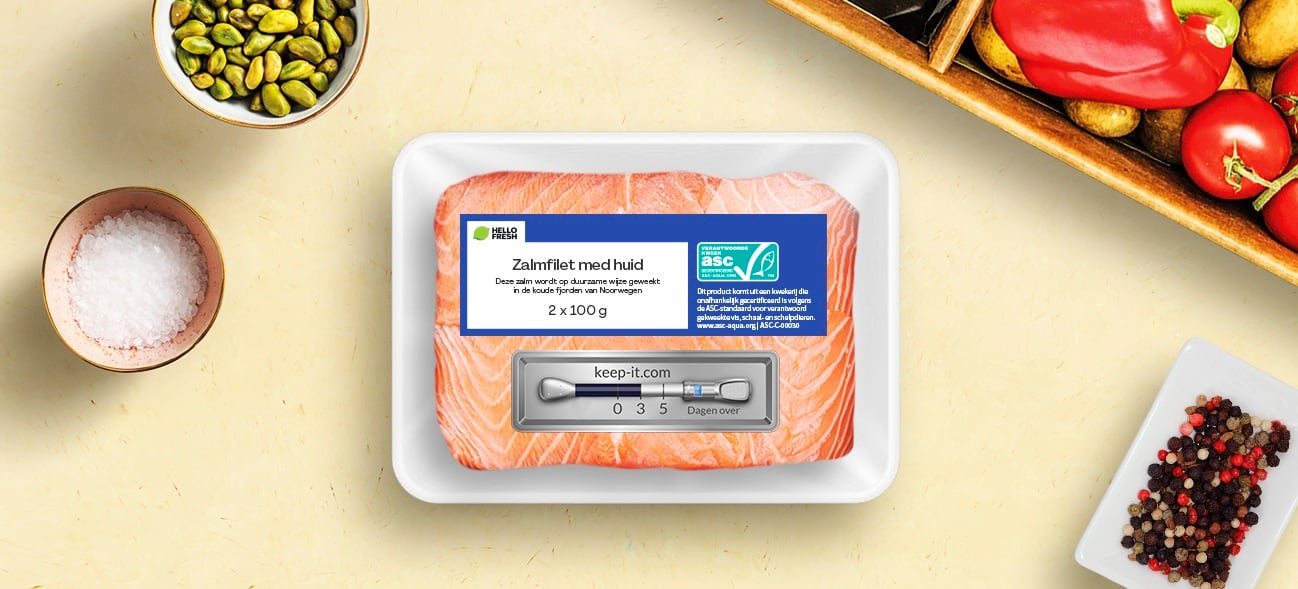It is estimated there are over 30 million blind and partially sighted people in Europe. An average of one in 30 Europeans experience sight loss. Sight loss is closely related to old age. These numbers are therefore set to rise with the ageing population.
Nine in 10 of these shoppers find it difficult or impossible to read packaging information on food and beverage products, according to the Royal National Institute of Blind People (RNIB). This group estimates there are two million partially sighted and blind people in the UK, a figure set to double by 2050. This is therefore very much a space ripe for innovation. Consider, for example, the extent of plant-based NPD catering to little over one million vegans in the UK at best.
'A smoother experience for the visually impaired'
Solutions are coming. UK-based Zappar, for example, offers ‘Zapvision’, an app which users can open and then point in the direction of a product (in store or at home). The app will search for and detect an accessible QR code up to 1.2m away and start to give audio queues and category information for the product.
Once the desired product is found, product information including allergens, dietary preferences, and any on-pack information can be accessed using the devices in built accessibility features such as voice assist. The Zapvision has so far been used on QR codes for Unilever’s Persil packaging in the UK in collaboration with the RNIB.
Other technology aims to assist food and beverage buyers. The Co-op puts braille on some products, for example. Time and touch-sensitive technology can also help the visually impaired ‘feel’ when a product has spoiled instead of having to rely on use-by labels.
Meat-free brand Quorn has now just announced it is rolling out similar technology, again in collaboration with the RNIB, to make its frozen range of products more accessible to blind and visually impaired shoppers. This technology is from Spanish-based company NaviLens. Here, users point their phone at a separate bar code allowing information on the ingredients, preparation instructions and recycling information to all be ‘heard’ aloud through the shopper’s mobile device.
According to NaviLens, these seperate barcodes (altough its tech can also be used on standard QR codes too) can be read by smartphone devices up to 12x further away than standard QR codes and with no focus required, eliminating the need for a shopper to know the exact location of the code. This means they can find their favourite products more easily and key information on new products is more readily available, helping visually impaired shoppers to make better and easier purchase decisions.
'Opportunity to bring more people into the category'
“NaviLens technology is a huge step in the journey towards making things like the weekly food shop a more inclusive and smoother experience for the visually impaired,” said Gill Riley, Marketing Director at Quorn Foods UK. The company is putting the NaviLens bar codes on its Tomato and Mozzarella Escalopes and Mini Vegan Sausage Rolls in Asda and Tesco stores with further roll outs in Morrisons and Sainsburys later in the year. These two products are the first of 42 SKUs that will carry NaviLens QR codes over the next 12 months. “With this new launch, we have an opportunity to bring more people into the category,” added Gill.
Head of Accessibility Innovation Marc Powell said: “We’re delighted that Quorn is introducing NaviLens technology onto their product packaging. This is a positive step in making products accessible for blind and partially sighted people and ensuring they have the same access and choice as our sighted peers.
“Quorn is the first vegetarian food brand to introduce the technology, and we’re pleased that this will bring further choice and independence to people living with sight loss.”
The NaviLens technology was first unveiled by Kellogg in 2020 when it rolled out, again in partnership with RNIB, boxes of Coco Pops in almost 60 Co-op stores across the UK fitted with the printed codes. It later added the technology to the packaging of its Kellogg’s Corn Flakes, Special K Original, Rice Krispies and Crispix cereal brands in Europe and the US.
The NaviLens codes have since been used by Coca-Cola, Aunt Bessie’s and Spanish bread brand BIMBO. More tie-ups are set to be announced, the company told FoodNavigator. NaviLens apps can communicate in up to 36 languages, it said, and feature on about five million products globally.
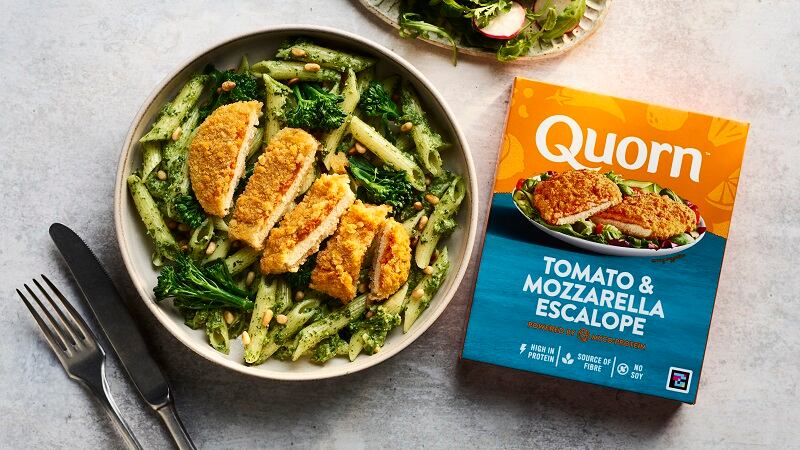
For a visually impaired person “it is very difficult to scan a QR code”, a NaviLens spokesperson explained, because it must be scanned from a short distance. The NaviLens code can be scanned from a greater one, up to 165-degree angle and without need to focus or frame it.
“The NaviLens technology can open a new way of interaction between the consumers and consumer good products,” the spokesperson added, “because it’s possible to quickly access to all the information of several products without need to scan a QR code one by one.”
'Information that the partially sighted have never had access to before'
Simply having access to the type of nutrition information on pre-packed foods that non-visually impaired people likely take for granted is “incredibly important”, he explained. “It’s stuff that blind and partially sighted have never had access to before. Until we did these collaborations, I never knew some of this information existed on packaging. We are still people who want to know what’s in our food… These solutions provide that equal access that we all should have.”
He called for more brands and manufacturers to use this type of technology on products. Unfortunately, many visually impaired shoppers are unaware it exists, he said. “We’re now getting to a stage where brands can’t ignore the fact they need to do this. It’s brilliant that the industry since 2020 has stepped up.”


